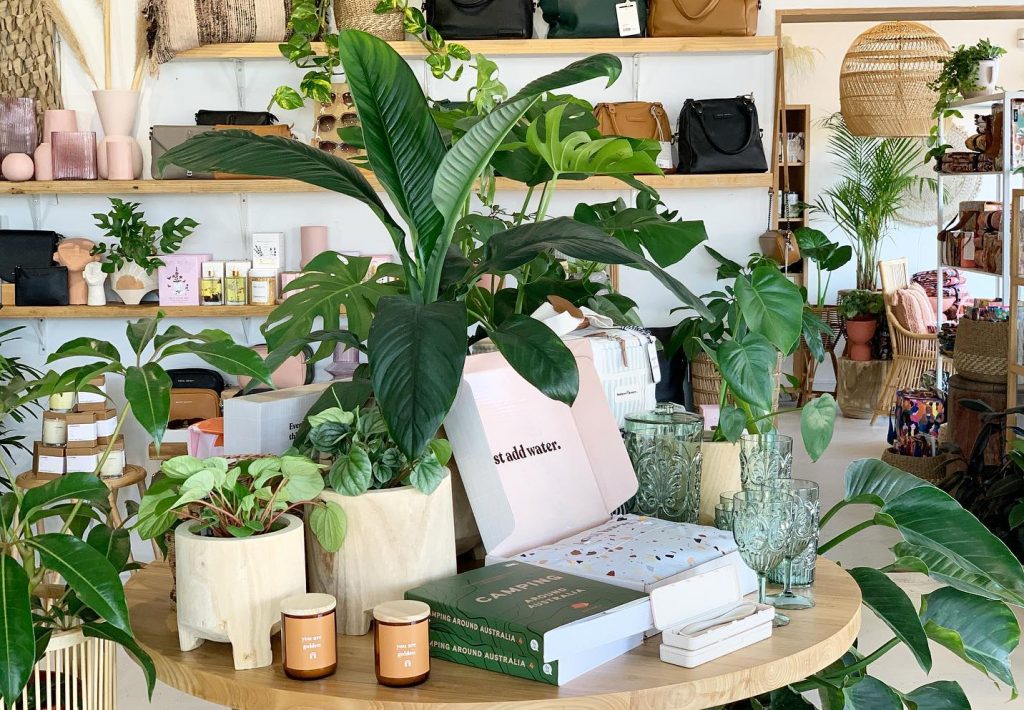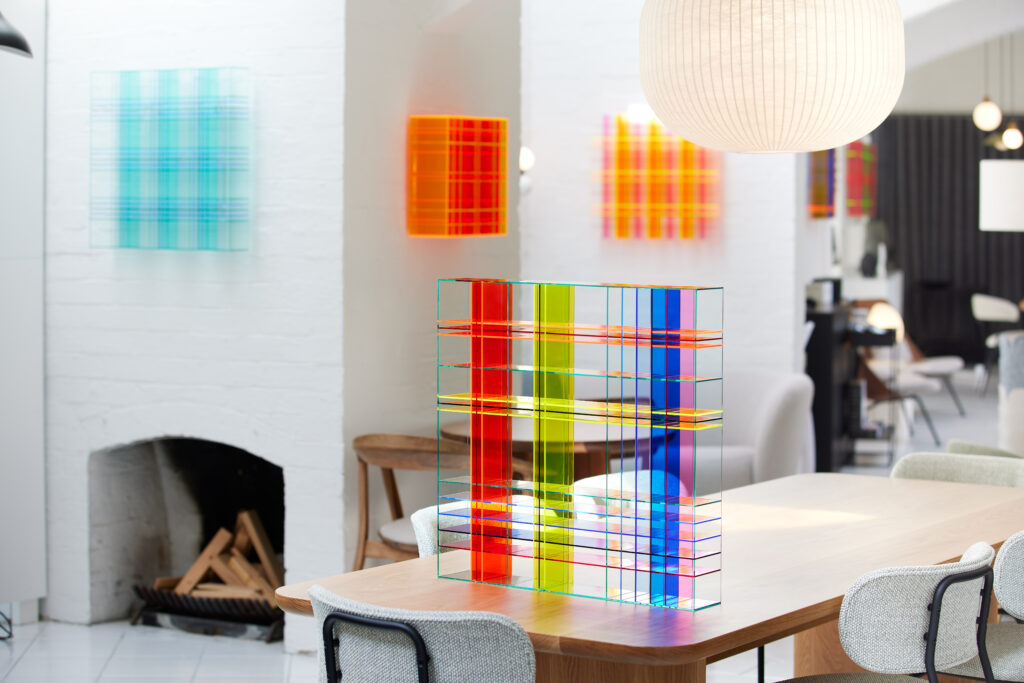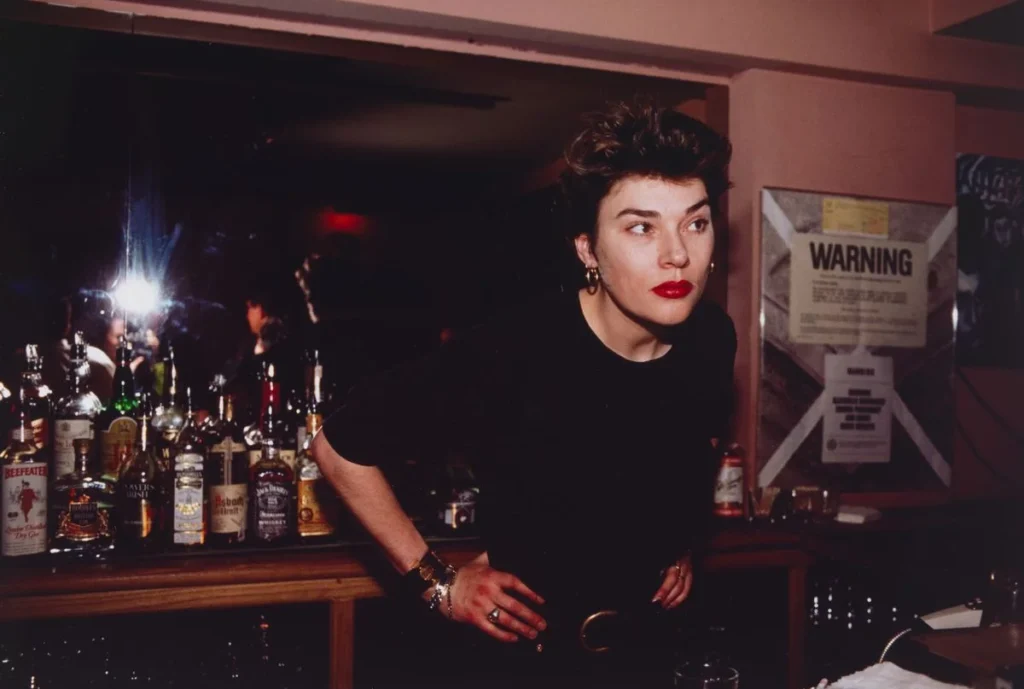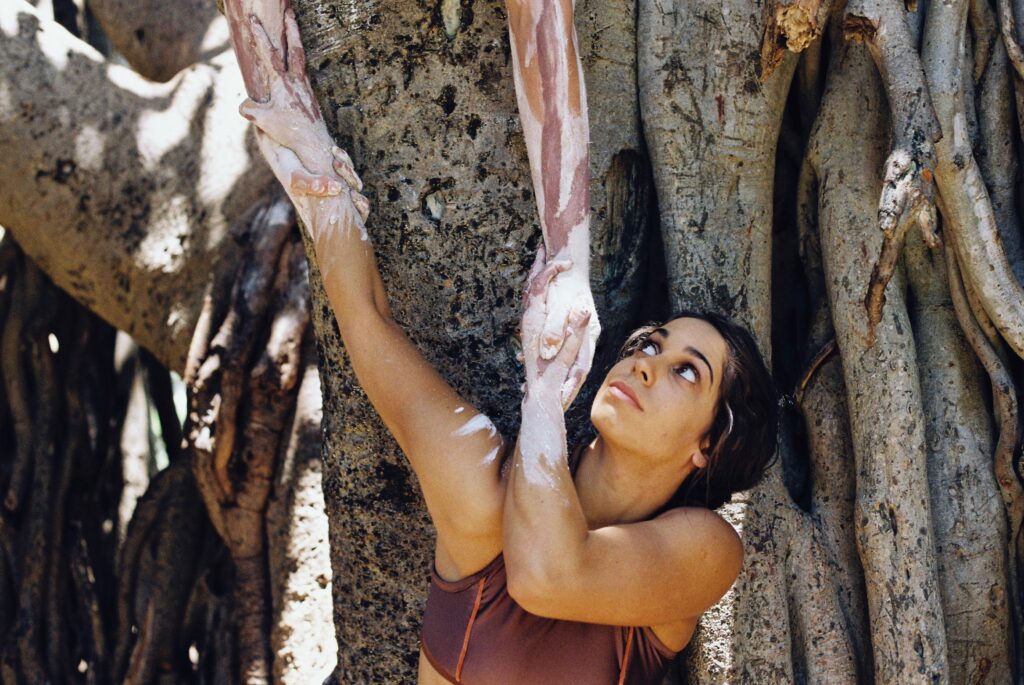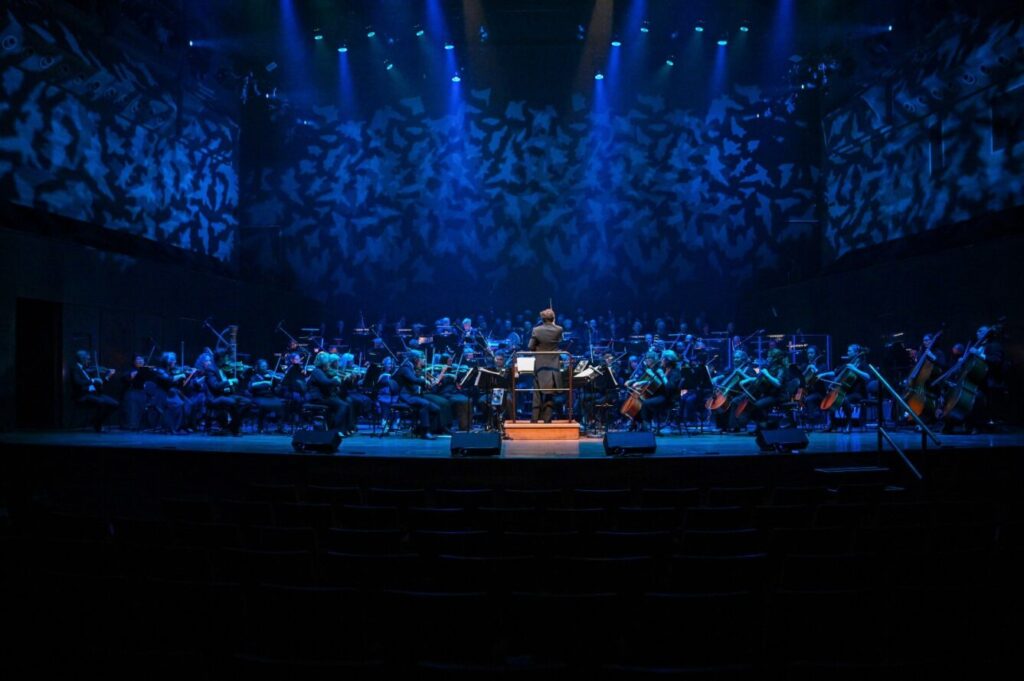Bellarine’s Low Light Queenscliff festival returns with its scintillating celebration of the senses. An eclectic exploration of music, arts, theatre and children’s events; Low Light Queenscliff curates a stunning constellation of Australia’s finest artistic endeavors. One artist we’re excited about is Tinky, who delights with her diminutive dioramas. We chat to Tinky (aka Liz Sonntag).
Tinky, thanks for chatting to Forte Mag! First up can you introduce yourself to our readers and tell us a bit about your artistic journey?
Thanks for having me! My name is Liz Sonntag, but my street art name is Tinky, which was my nickname as a kid. I thought it was fitting to keep my nickname given I’m using infantile objects and humour! I typically install miniature scenes in streets or laneways that are hidden away in a hole in the wall, or where there is a brick missing from a wall, or on a windowsill, or ledge. I’ve been doing it for about four years. I’ve always been creative – I used to make jewellery for many years – but I could never paint or draw. A fascination with street art developed about six years ago and I’d scour the streets photographing street art. I did lots of research about local and international street artists, so I could identify their works on the streets. I never imagined that I would ever become a street artist. It wasn’t intentional – I simply started doing it for my own amusement. But it has since grown into something really special and joyous. Two-and-a-half-years ago I was invited into The Blender Studios to have my own studio. That was a dream come true and has been one of the highlights of my life, as I’d looked up to those artists for quite some time. It’s wonderful to be able to collaborate with other artists or seek advice from them. Now I do work for galleries and festivals, as well as on the street.
We understand you work with miniature figurines and models on a tiny scale. Can you tell us how you began creating this form of art? Was it inspired by your youth, or was it something else that motivated you to explore this art form?
It’s a strange little story and one I find tricky to explain. I just woke up one Sunday morning about four years ago with a strange desire to buy vintage toy soldiers. To this day, I’ve no idea why I woke up feeling so strongly that I had to do that! I dragged my husband, Karl, along to a trash and treasure market on the Mornington Peninsula with the aim to find toy soldiers. I’d never even really thought about toy soldiers before, so it was a little weird. As we walked into the market, the second stall I went to had two very large jars of toy soldiers. I bought them all. I continued to walk around the market looking for something that I could use with the soldiers. I didn’t know what I was looking for. But I stumbled on a plastic Big Bird, about 8cm tall – he had his arms outstretched and I thought it would be funny if I glued a scene in a laneway of Big Bird being surrounded and held up by toy soldiers. I told Karl I wanted to drive to Collingwood (which was an hour drive away for us) to put the scene in a laneway, and off we went. That’s how it all started. Weird.
Can you tell us what is involved in creating these works? We imagine it to be quite fiddly working with this tiny scale!
Yes, it’s fiddly because the models are H0 scale – they’re so tiny, about 15mm – and I have big hands, so I’m often gluing my fingers together, or knocking something that I’ve just glued in place. The glue is super strong so sometimes I glue my fingers to the miniature, too. But the process will start with an idea – then I go on the hunt for a particular item (like a piece of vintage plastic fruit, scrabble piece, clown nose, fake dog poo, denture, or a disco ball, for example). This often leads me to markets or antique centres where I find all sorts of oddities that I know I’ll be able to use in a miniature scene, provided I can then find the right miniature figurines to go with it. I have a large collection of things. I often think of the pun as I’m putting the scene in place because for me the miniatures take on a personality of their own. Once a scene is glued in place, I take a photo, upload it to my Instagram, along with the pun, which then provides some context.
Is there any particular theme to your work?
For me, the overarching theme is comedy. If I come up with a concept that makes me giggle, then I know it’s going on the street. Anything that I think will elicit a laugh or a smile from others is a winner for me. There’s no particular theme – it just has to be funny, corny, sarcastic or dad-jokey.
Congrats on your upcoming involvement with Low Light Queenscliff. Can you tell us about some of the works that will be on show?
Thank you – it’s a real pleasure to be part of Low Light Queenscliff. There will be 20 miniature installations in total and a real mix of things. There’s a piece that is based on a real fossil – a polished Orthoceras from Morocco (it’s an ancestor to the modern-day squid) so there will be a fishing theme with that one. There will be some cheeky ones (a little small-scale nudity; and maybe a flasher), an EOFY party scene, a “giant” mandarin (which is normal size, but giant to the miniature), workmen demolishing a real eggshell, and someone trying to crack a walnut. Just a few examples there.

Roger was having difficulty learning Mandarin and was peeling overwhelmed. It was really giving him the pip.
What are you hoping the community takes away from your exhibition?
The most important thing for me is that people find them and simply enjoy them for what they are – something silly and funny. I really want my installs to bring about an unexpected moment of joy for people. I’m hoping too that it will inspire people to take time to observe the environment around them. In taking the time to look up, look down, look around, it enables us to slow down and enjoy the moment. It’s amazing what other things you notice when you do this. Sometimes it’s about just enjoying the little things (pardon the pun). I do this when I scout areas for my installs and I’ll often see something interesting, like a flower growing in the crack of a brick.
Thanks for chatting. In case we miss you at Queenscliff, where could we find your work in the future?
I’m based in Melbourne, so I frequently install in city laneways: Presgrave Place, ACDC Lane, Duckboard Place, Loveland Lane, Croft Alley, and others. Unfortunately, many don’t last long in Melbourne (though there is one that is still there after three years!). I also have a studio at The Blender Studios in Dudley Street, so people can visit and see my work on display there, too.
You can find Tinky on the gram @tinkysonntag. Come and explore Queenscliff & Point Lonsdale to find Tinky’s works spread throughout both towns all throughout June.
